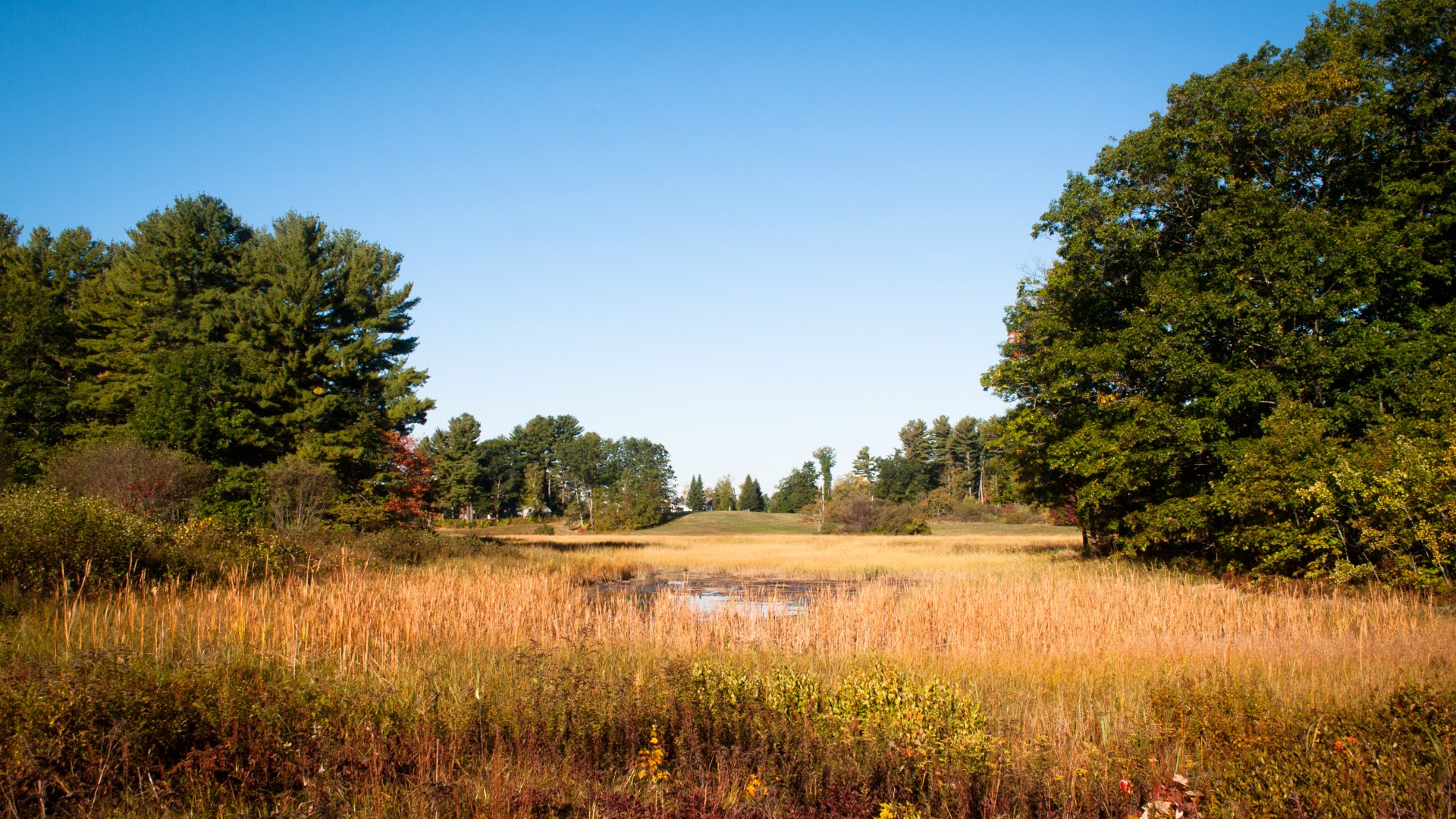Landowner Options
Conservation Easement
The most common way to protect land is by a Conservation Easement. A Conservation Easement is a voluntary, legal agreement between a landowner and a qualified entity such as a land trust or government agency. A Conservation Easement permanently limits the use of the land to protect its natural resources such as forests, water bodies, prime agricultural soils, and other natural resources.
Conservation Easements allow landowners to continue to own and use their land. Conservation Easements are developed in partnership with the landowners and the land trust, are reviewed by legal counsel, and recorded at the county Record of Deeds. They can pass their land onto heirs or choose to sell the land. The limits of the Conservation Easement ‘run with the land’ meaning that even if the land is inherited or sold, the restrictions stay in place and the future landowners are legally obligated to adhere to the conditions of the easement.
When placing a Conservation Easement on property the market value of the land generally decreases as future development rights are limited or removed. The change in value is the difference between the land’s market value without the easement and the market value with the easement. This financial value can either be “purchased” or donated. Placing an easement on property may or may not result in a property tax savings to the landowner. If the donation benefits the public by permanently protecting important conservation resources and meets other federal tax code requirements, it can qualify as a tax-deductible charitable donation to the landowner. If donation is not possible by the landowner, the Land Trust works to find funding to pay the landowner for the that value difference.
For more information email info@gwrlt.org
Land Sale or Donation
Landowners may choose to conserve their land and it’s natural resources by selling or donating their land to the Land Trust. GWRLT has received some wonderful land donations as well as worked with landowners to purchase their land. Donating land for conservation is one of the finest legacies a person can leave to future generations.
Land purchases or donation are reviewed by the Land Trust and must fit the Land Trust’s criteria for ownership of land such as land having a public benefit through the protection of water quality, wildlife habitat, scenic vistas, community value, public access and/or historical significance are high priorities. The trust considers all phases of acquisition, ownership, and stewardship before accepting a project. Each parcel requires funds to support its expenses and future stewardship.
If a landowner chooses to sell or donate their land, GWRLT can work with the landowner to identify the best situation for the property. The land trust might retain ownership of the property as a permanent preserve or transfer the property to a suitable owner, such as a government agency or other conservation entity. In some cases, the land is sold to a private owner, subject to a Conservation Easement held by the Land Trust. The value of the land must be established by a qualified appraisal if it is to be purchased or if the donation will be used as a tax benefit to the landowner.
We will also accept a donated property that does not fit all the criteria for ownership for the purpose of being sold to support other conservation projects. Proceeds from such a sale could fund the land trust’s long-term management of our preserves and/or help to protect even more land. The full market value of land donated to a nonprofit land trust is tax deductible as a charitable gift.
If a donation is not possible by the landowner, the land trust works to find funding to purchase the land. GWRLT does this through grants, local, state, or federal funding, as well as public fundraising.
For more information email info@gwrlt.org
